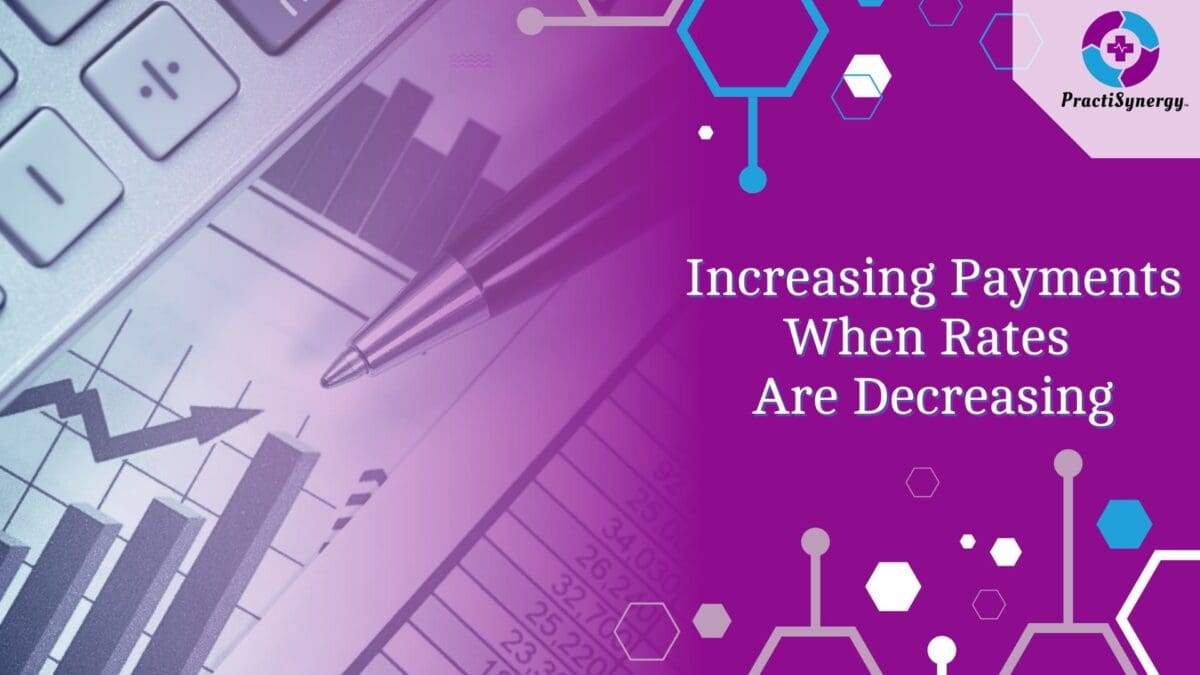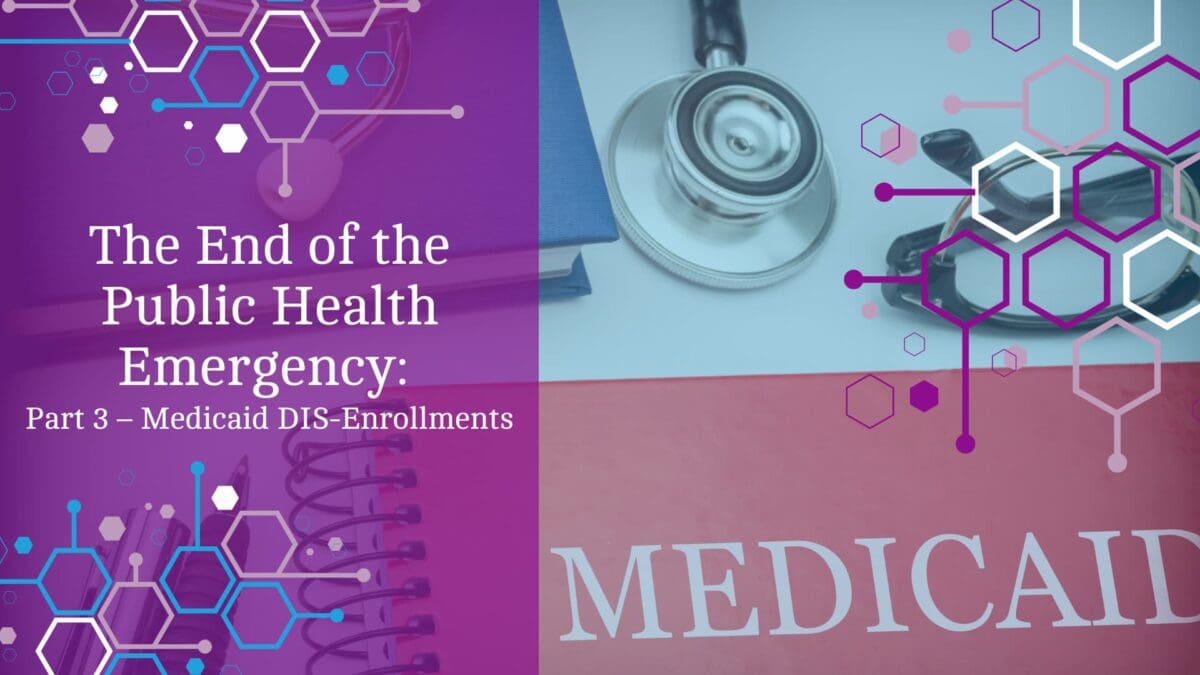PractiSynergy understands the challenges faced by healthcare providers in maximizing revenue. With governments tightening their budgets and insurance companies implementing complex reimbursement processes, it is crucial for medical practices to employ strategies that increase cash flow without overwhelming their staff. In this blog post, we will focus on one such strategy: Chronic Care Management (CCM).
What is Chronic Care Management (CCM)?
Chronic Care Management, as defined by the Centers for Medicare & Medicaid Services (CMS), refers to the coordination of care services provided outside of regular office visits for patients with two or more chronic conditions expected to last at least 12 months or until the patient’s death. CCM aims to address the needs of patients at significant risk of death, acute exacerbation/decompensation, or functional decline.
Reimbursable Opportunities for Providers:
Physicians, along with other healthcare professionals such as physician assistants, clinical nurse specialists, nurse practitioners, and certified nurse midwives, have the opportunity to bill for CCM services. However, it’s important to note that only one practitioner can be paid for CCM services per patient within a given calendar month. We recommend that only the provider responsible for the primary care of the patient bill for CCM services.
Understanding the Reimbursement Process:
CCM services are payable for a minimum of 20 minutes spent by clinical staff. Certain healthcare providers may also bill additional codes for extra time spent with patients. At PractiSynergy, we help medical practices determine which patients are eligible for these services and assist in creating a comprehensive plan to ensure all requirements for reimbursement are met.
Unlocking Additional Funds with CCM:
By documenting a few extra items in addition to the regular care provided to patients, medical practices can potentially qualify for additional funds through CCM reimbursement. PractiSynergy encourages healthcare providers to reach out and determine if they are eligible to leverage this opportunity.
How PractiSynergy Can Help:
At PractiSynergy, we understand the complexities involved in maximizing revenue and navigating the reimbursement landscape. Our team of experts will assist your practice in identifying eligible patients for CCM services and guide you through the process of implementing a reimbursable event. By partnering with us, you can streamline your billing and coding processes, allowing you to focus on providing quality care to your patients while optimizing revenue.





